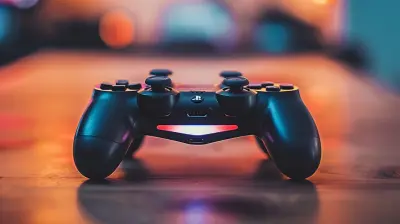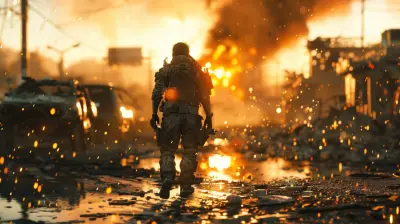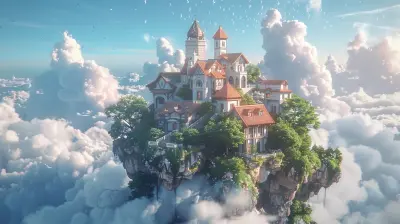Exploring the Magic Behind Super Smash Bros.
1 October 2025
If you’ve ever picked up a controller and thrown Pikachu across the screen or watched Mario send Donkey Kong flying into oblivion, you’ve already experienced a piece of the magic that is Super Smash Bros.. For over two decades, this iconic franchise has been more than just a brawler—it’s been a celebration, a love letter to gaming itself. But what exactly makes Smash so special? Spoiler alert: it’s not just the flashy visuals or nostalgic roster (though those definitely help). Let’s dig deeper into what makes this chaotic crossover fighter such a timeless gem.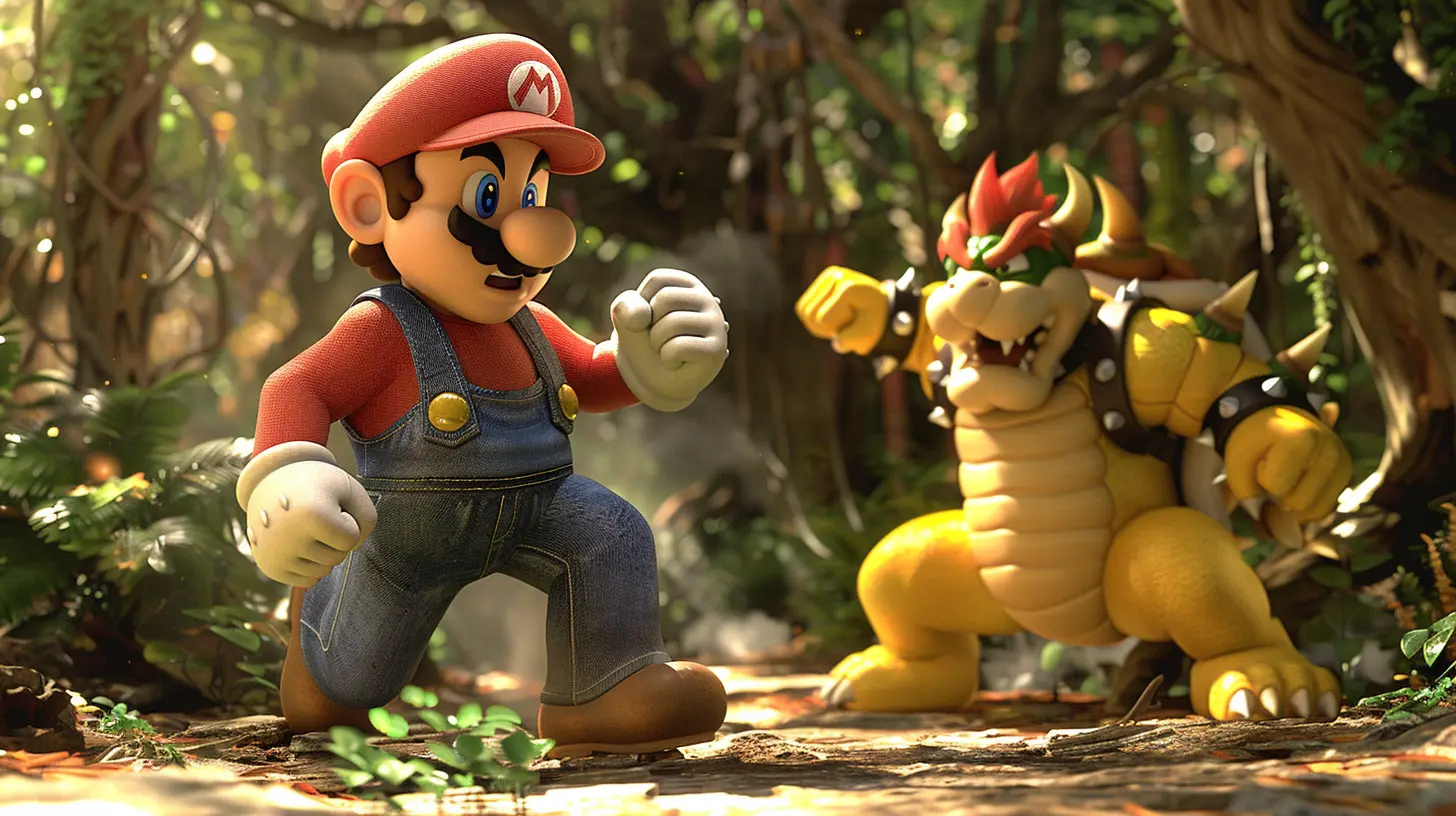
A Genre-Busting Revolution
Let’s start with the basics. Most fighting games follow a pretty standard formula—two health bars, a timer, and a best-of-three setup. Super Smash Bros. flipped that script on its head. Instead of health bars, we get percentage meters. The higher it goes? The easier it is to launch your opponent into the stratosphere. It’s less about chipping away and more about reading, reacting, and launching with flair.Not only did this twist make the game more accessible to casual players, but it introduced a unique layer of strategy. You’re not just trying to win—you’re trying to humiliate your opponents with a well-timed Home-Run Bat or a cheeky edge guard.
And that’s just the tip of the iceberg.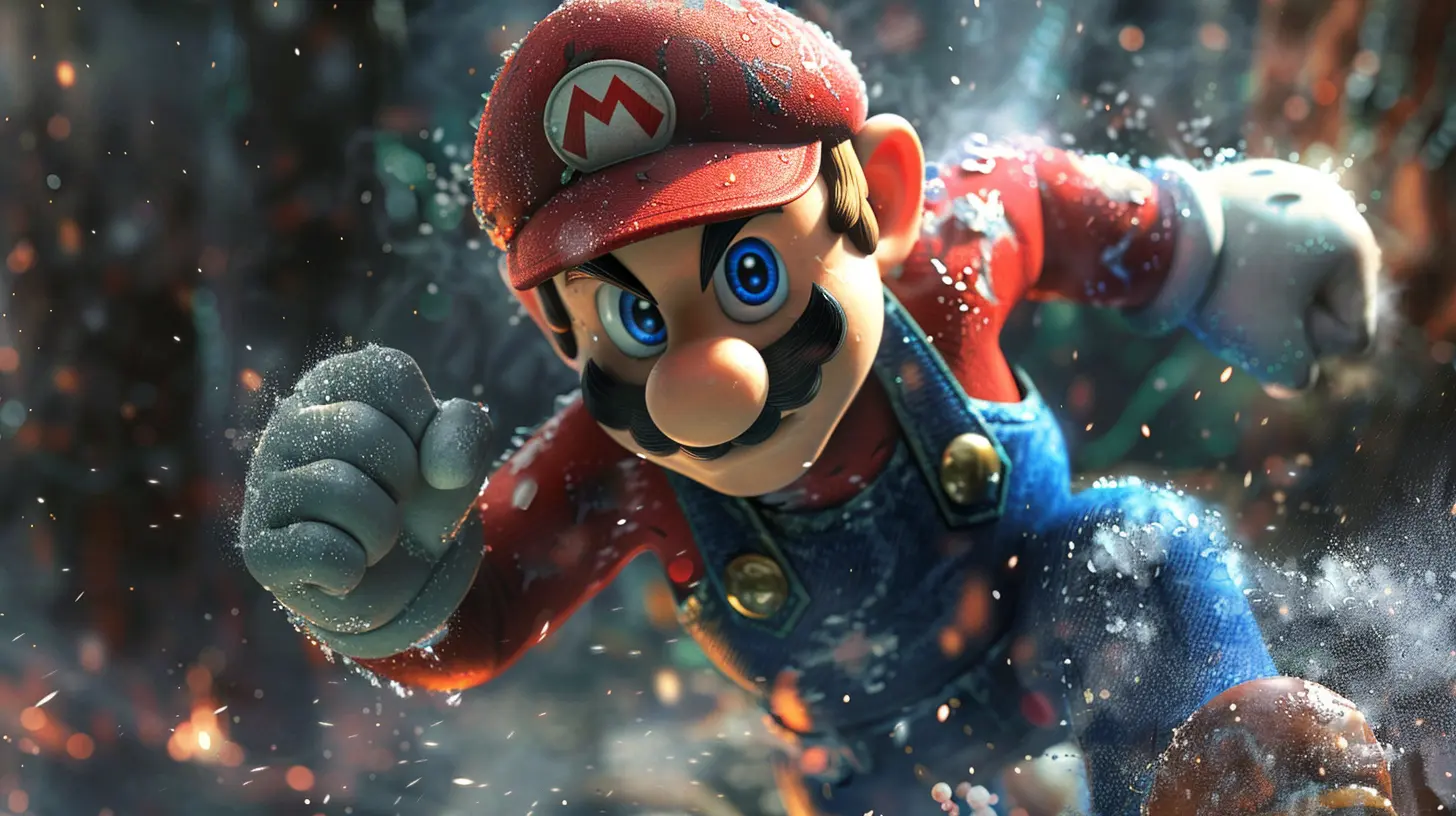
More Than Just a Fighting Game
Let’s be real—Smash isn’t your typical fighting game. It’s a party, a brawl, a chaos simulator where anyone from your little cousin to your hardcore gamer friend can have fun. Nintendo nailed the balance between skill and silliness. Want to duke it out with no items and Final Destination only? Go for it. Prefer to play with Poké Balls raining from the sky and a sudden-death final? That works too.This flexibility is key. It means Smash caters to everyone. You can sweat it out in a local tournament, or button mash with your friends on the couch—either way, you’re having a blast.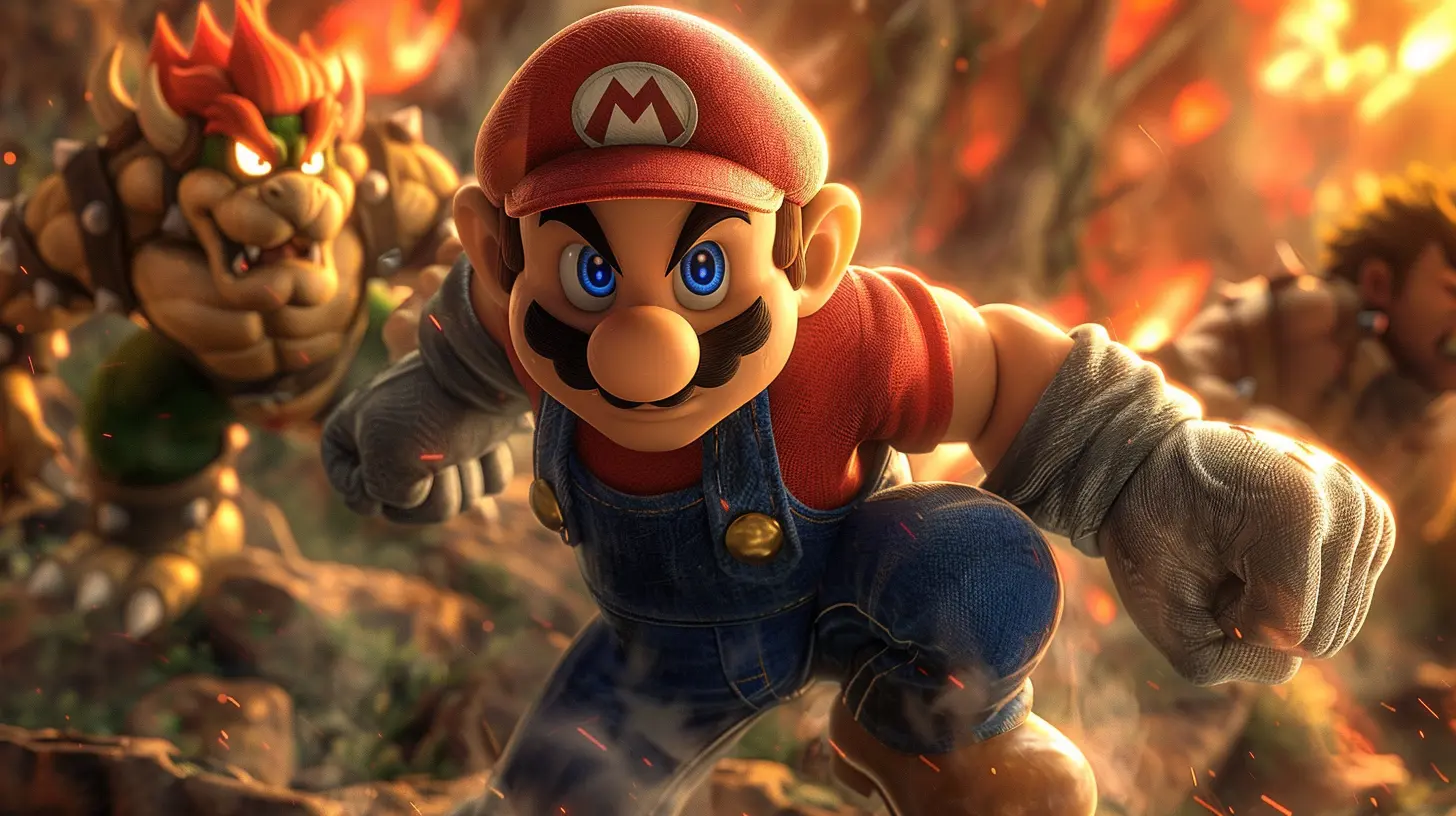
The Ultimate Nostalgia Bomb
Okay, let’s talk characters.Is there any other game in existence that lets you pit Sonic against Link, or have Samus face off against Minecraft Steve? It’s like witnessing your entire childhood smash together (pun intended) in the most absurd, wonderful way possible.
Super Smash Bros. isn’t just a fighting game—it’s a celebration of video game history. With every character reveal, fans lose their collective minds. Remember when Solid Snake made his debut in Brawl? Or when Sephiroth sliced his way into Ultimate? These moments are more than just marketing—they’re cultural events.
And the stages? Pure fan service. From the pixelated flatlands of Duck Hunt to the bombastic chaos of Big Blue, each battlefield is dripping with personality.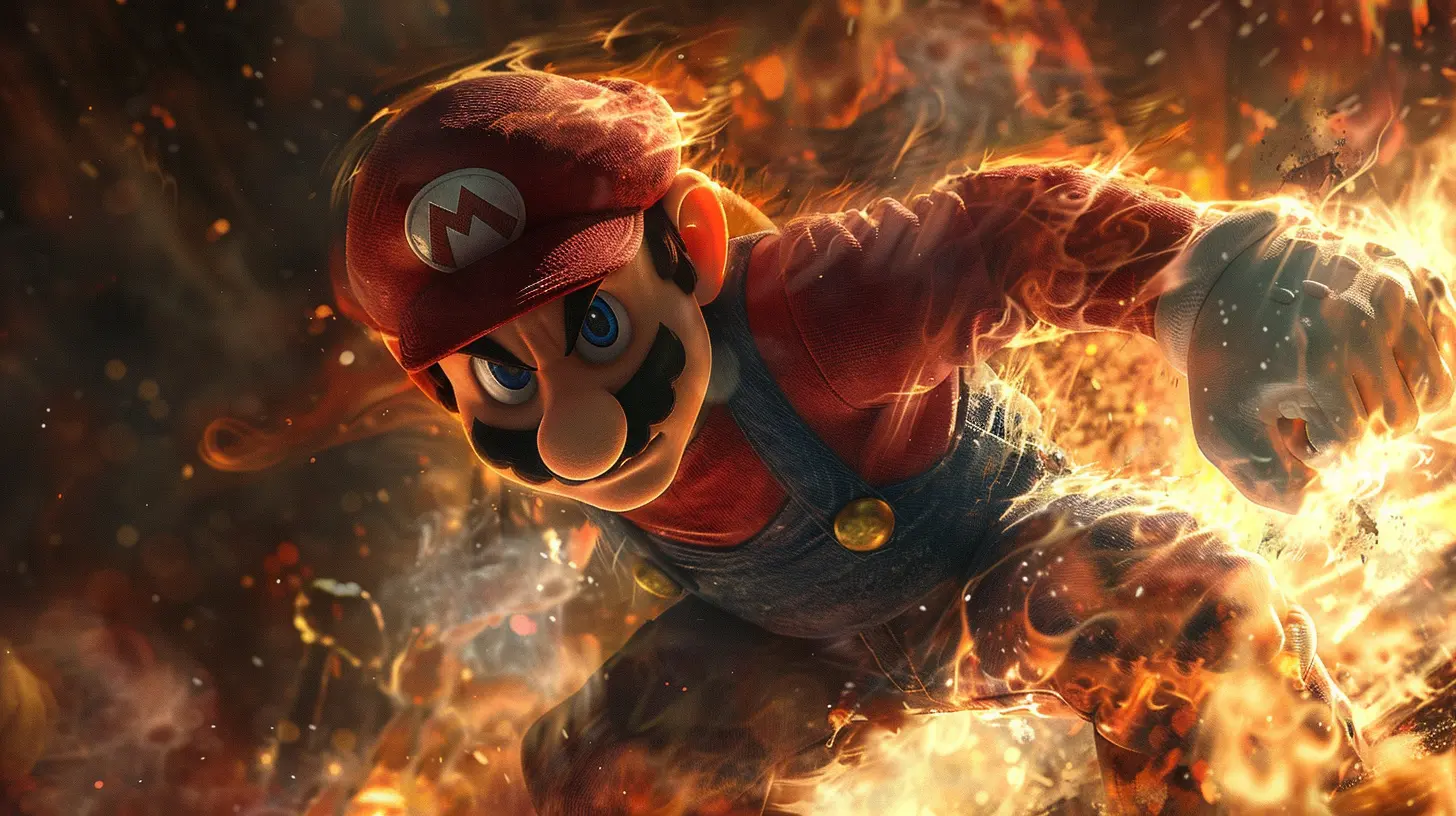
Soundtrack of Legends
Let’s not overlook the music. If the characters bring the nostalgia, the soundtrack cranks it up to eleven. From remixes of Zelda classics to full orchestral renditions of Metal Gear Solid themes, the music selection is basically a “Greatest Hits” of the gaming world.Each match feels like a concert, each KO a drum solo. Even the menu music slaps (looking at you, Melee Menu Theme). And for fans who appreciate the details? There’s a music player where you can just sit back and vibe. Name another fighter that gives you that.
Simplicity Meets Depth
Here’s where the brilliance of Smash really shines.On the surface, the controls are simple. One button for standard attacks, another for specials. A direction + a button, and boom—you’ve got a vast arsenal at your fingertips. It’s easy to pick up, even if you’ve never touched a fighting game before.
But oh boy, once you dig in, there’s depth. We’re talking wave-dashing, L-canceling, DI (Directional Influence), frame data—the kind of technical jargon that could fill a textbook. Super Smash Bros. is a game you can casually enjoy or spend years mastering. Very few games strike that balance so gracefully.
Community: The Beating Heart
No game thrives this long without a passionate community—and Smash has one of the most dedicated fanbases in gaming history.Tournaments like EVO and Genesis showcase the wildest hype moments, jaw-dropping comebacks, and unforgettable rivalries. Online content creators keep the hype alive with tutorials, tier lists, and insane combo videos. Even modders have added their touch, creating fan-favorite versions like Project M that offer new twists on the gameplay.
And then there are the memes. Oh, the glorious, ridiculous memes. Waluigi still isn’t in the game, and fans won’t let Nintendo forget it. Every new fighter announcement becomes a global guessing game—Who’s next? Master Chief? Sora? Shrek?
It’s this fan-driven culture that turns Smash from just a game into a phenomenon.
Sakurai: The Silent Maestro
We can’t talk about Smash without tipping our hats to Masahiro Sakurai, the genius behind the series. The man treats each game like a sacred art project, pouring his heart, soul, and arguably blood (have you seen his work schedule?) into every frame of animation.Sakurai doesn’t just direct a game—he curates it. The way each character moves, the way their stages interact with the environment, the way even a taunt references some obscure game from the '90s—it’s all intentional. That level of craftsmanship? That’s what sets Smash apart.
The Evolution: From 64 to Ultimate
Let’s take a quick walk down memory lane.- Super Smash Bros. (1999, N64) – The humble beginning. Just 12 characters, basic graphics, and yet, it captured lightning in a bottle. This was the game that made us think, "Wait, Nintendo characters can actually beat each other up?"
- Melee (2001, GameCube) – Faster, smoother, and packed with tech. Melee became a competitive darling, still played professionally over 20 years later.
- Brawl (2008, Wii) – Slower, but filled with content. The introduction of Final Smashes, online play (iffy as it was), and third-party characters pushed the series to new heights.
- Smash 4 / Wii U & 3DS (2014) – Polished to a mirror shine, with gorgeous visuals and tight gameplay. Also, Cloud got in. Let that sink in.
- Ultimate (2018, Switch) – The magnum opus. Every character. Every stage. The tagline said it best: “Everyone is here.” This isn’t just a game—it’s the ultimate tribute.
Each entry built on the last, refining and reimagining. Yet each retained that core spark—the childlike joy of watching your favorite characters duke it out.
The Secret Sauce: Emotional Investment
Here’s a theory: Smash works because it’s more than just gameplay mechanics or pretty graphics. It taps into something raw and emotional. When you select your main, you’re not just picking a fighter—you’re picking a piece of yourself. Maybe you love Yoshi because he was your favorite in Mario Kart. Or maybe you gravitate toward Marth because you grew up saving kingdoms in Fire Emblem.These aren’t just characters. They’re memories.
When you lose? It stings. Not because you lost points or rank—but because your character lost. Your avatar, your symbol lost. And when you win? Oh man. There’s nothing like spiking someone off stage with Captain Falcon and hearing that "YES!" echo.
Smash’s Future: Where Do We Go From Here?
With Ultimate being—well—ultimate, where does the franchise go next?It’s kind of hard to top a game that literally has everything. Maybe Nintendo tries to reboot the series. Maybe they introduce a new gameplay twist. Or maybe, just maybe, they let Ultimate breathe for a while, continuing to refine and support it over time.
Whatever comes next, one thing’s for sure—Smash isn’t going anywhere. It’s too beloved, too rooted in gaming culture. It’s not just a game franchise anymore—it’s a platform, a legacy, and, for many gamers, a lifelong companion.
Final Thoughts
Super Smash Bros. is more than pixels on a screen. It’s late-night laughter, heated rivalries, and button-mashing madness. It’s the digital playground where generations of gamers have come together—not just to fight, but to connect, remember, and celebrate.The magic of Smash isn’t just in its mechanics or its visuals, but in the memories it creates. And as long as there are gamers with a little nostalgia in their hearts and a controller in their hands, that magic will never fade.
all images in this post were generated using AI tools
Category:
Nintendo GamesAuthor:

Francesca West
Discussion
rate this article
1 comments
Isadora Walker
Great insights into the game's mechanics! It's fascinating how character balance and strategy create such engaging gameplay.
October 9, 2025 at 5:05 PM

Francesca West
Thank you! I’m glad you found the exploration of character balance and strategy intriguing—it truly makes the gameplay dynamic and exciting!
